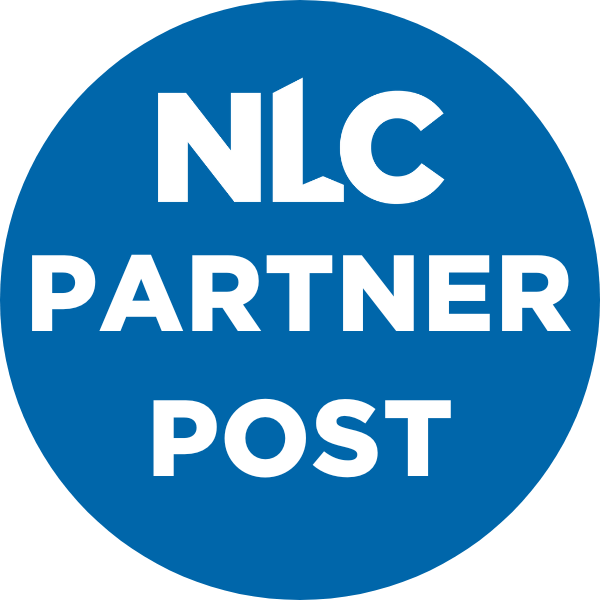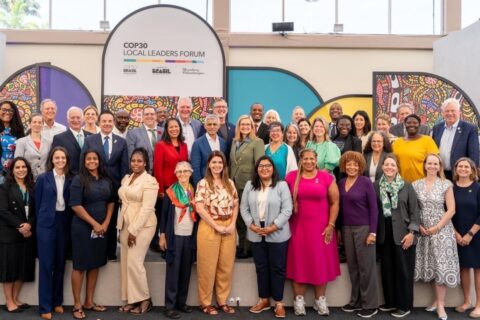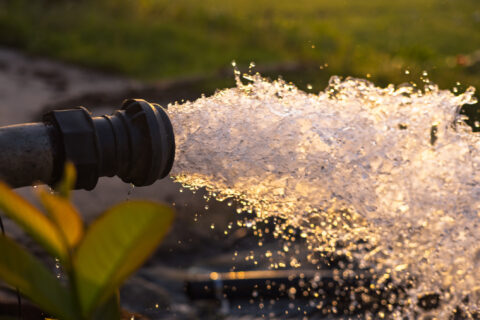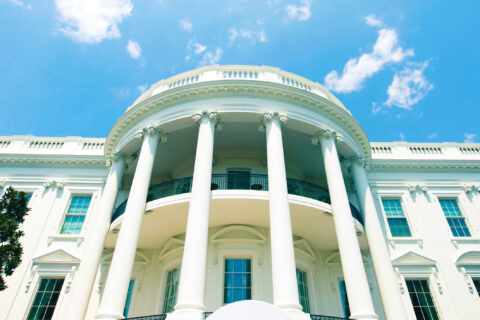Authored by SL Environmental Law Group
Municipal budgets are often stretched by competing demands. Historically, federal funding has helped meet these challenges, but some local leaders are concerned about the continued reliability of these resources amid potential funding cuts or grant freezes. To build fiscal resilience, many municipalities are exploring strategies to close funding gaps through new funding and financing sources and partnerships while continuing to deliver high-quality services to their communities.
For example, in addition to traditional funding sources, some local governments are exploring strategies to use settlements from lawsuits to support infrastructure projects or meet regulatory requirements. Local governments with detections of certain contaminants such as PFAS (per- and polyfluoroalkyl substances) in water or soil have pursued litigation against polluting chemical manufacturers as a potential source of supplemental funding. When successful, these lawsuits can provide significant funds through settlements or trials. This can even reduce municipalities’ reliance on other financial resources to remediate contamination, freeing up those funds for other needs.
Municipalities Begin Receiving PFAS Drinking Water Settlements Payments
While municipalities across the country have been suing polluting manufacturers for decades, the historic 3M and DuPont PFAS drinking water settlements are perhaps the best-known examples to date. These settlements, which resulted from the Aqueous Film-Forming Foam multi-district litigation (AFFF MDL) against PFAS manufacturers, offer a combined total of over $14 billion to entities that detected PFAS in their drinking water sources. In summer 2025, hundreds of U.S. municipalities and other public drinking water providers began receiving their first payments from Phase 1 of these settlements.
City of Sacramento, CA Secures $10.4 Million in PFAS Settlement
One of the first funding recipients from the PFAS drinking water settlements was the City of Sacramento. With support from SL Environmental Law Group, the city obtained an award of approximately $10.4 million through the PFAS drinking water settlements. The city has also preserved its rights to make additional claims if PFAS is detected in additional wells or at higher concentrations in the future. By taking these steps, the city has not only obtained a significant sum of money that it can use to offset any PFAS treatment expenses, or other capital projects, but also helped protect its ratepayers against potential future PFAS costs.
Next Steps to Seek PFAS Settlement Funds
Municipalities that did not detect PFAS in water until after the 3M and DuPont settlements were announced in June 2023 remain eligible to participate in Phase 2 of the settlements. All eligible municipalities are automatically included as participants in these settlements unless they opted out by the deadlines in 2023, but extensive testing and documentation is required to receive payments. Municipalities that miss claims deadlines will not receive settlement funds and will have forfeited their right to file future lawsuits against 3M and DuPont over PFAS drinking water contamination.
Testing Deadlines
Municipalities hoping to receive funds through Phase 2 of the settlements have no time to waste. The first step is to test for PFAS at each individual wellhead or surface water intake, which can in itself be expensive. Some may assume they can use their PFAS testing results from the Fifth Unregulated Contaminant Monitoring Rule (UCMR5), a U.S. Environmental Protection Agency (EPA) program that requires public water systems to test their drinking water for a list of unregulated contaminants, to submit claims in 2026. However, UCMR5 did not require testing at individual water sources. This means additional testing may be needed in order to file claims in the settlements.
Settlement participants can submit separate claims requesting reimbursement for testing costs, but doing so means working on a much tighter timeline. The testing costs claims deadline is Jan. 1, 2026, so municipalities planning to request reimbursement for testing costs must complete testing by the end of 2025 — even though the “action fund” claims are not due until mid-2026.
Special Needs Fund Claims
PFAS management expenses incurred before Aug. 1, 2026, may be eligible for reimbursement through Special Needs Fund claims (PDF), which can provide additional funding above and beyond primary “Action Fund” claims. This is a potentially valuable opportunity for municipalities that have taken or are planning on taking action to protect public health and water quality to seek to recover some of those unexpected costs.
3M & DuPont
- Deadline: Jan. 1, 2026
- Action for Phase 2 Systems: Submit Testing Costs Claims Form
3M & DuPont
- Deadline: Within 45 calendar days after receiving the test results, but no later than July 1, 2026
- Action for Phase 2 Systems: Submit PFAS Testing Results from Each Wellhead/Intake
DuPont
- Deadline: June 30, 2026
- Action for Phase 2 Systems: Submit Claims Form
3M
- Deadline: July 31, 2026
- Action for Phase 2 Systems: Submit Claims Form
Both 3M & DuPont
- Deadline: Aug. 1, 2026
- Action for Phase 2 Systems: Submit Special Needs Claims Form
(Source: https://www.pfaswatersettlement.com)
More Potential Funding Opportunities Through Legal Action
The current settlements apply only to claims over PFAS in drinking water. Local governments, especially those that manage municipal airports, firefighting training facilities, landfills and wastewater treatment plants, may also be affected by PFAS contamination in soil and wastewater. In September 2025, EPA announced plans to maintain the hazardous substance designations under CERCLA for PFOA and PFOS, two legacy PFAS chemicals. Statutory protections have not yet been established for “passive receivers” that did not produce or sell PFAS, meaning municipalities may risk liability for cleanup costs. As municipalities become aware of PFAS contamination in soil — which is common due to historical AFFF firefighting foam use — or in wastewater, many are filing claims against PFAS manufacturers. These claims will continue to be litigated as part of the AFFF MDL and are expected to be resolved by future settlements or litigation.
Lawsuits against polluting manufacturers are not limited to PFAS. Other drinking water contaminants, such as 1,4-dioxane, perchlorate and 1,2,3-TCP, are regulated or soon to be regulated in some states (e.g. California, New York and New Jersey). EPA has committed to issue a proposed National Primary Drinking Water Regulation for perchlorate by Nov. 21, 2025, and a final regulation by May 21, 2027, as required by court orders.
Local Governments Need a Variety of Funding Options
Municipalities today are faced with many challenges, and many different solutions will be needed to overcome them. By exploring various funding options, municipal leaders can build resilience to unexpected financial challenges.
Visit the NLC Strategic Partnerships page to learn more about the organizations like SL Environmental Law Group dedicated to making NLC the premier resource for local governments.
Learn More
Review NLC’s brief, Evaluating PFAS Treatment Technologies: A Technical Framework to Meet the 2024 EPA Drinking Water Regulation.







